Scenic Zügen seeks nature park protection
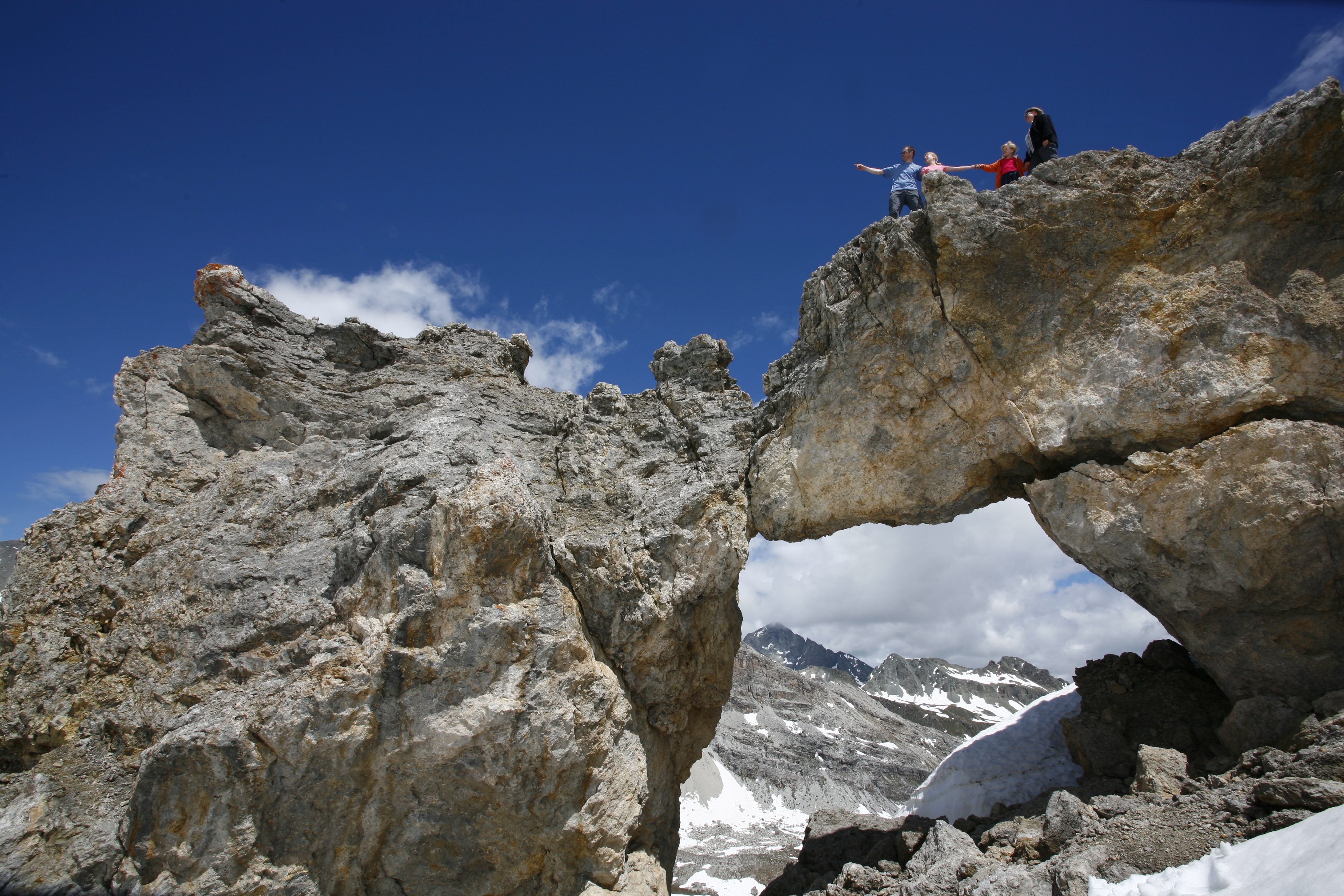
Local resistance has stymied efforts to incorporate all of the scenic Zügen Gorge into the Ela Park near Davos, a candidate for regional nature park status.
The park is petitioning the government for the nature park label and has been an officially recognised candidate since 2008. Park management must supply the government with its designated borders by October 2010.
A regional nature park is an extensive, partly populated rural area, with buildings and installations that fit harmoniously into the landscape and sites of local character. Inventory-listed natural areas and monuments are protected and enhanced. There are currently three such parks in Switzerland.
In addition to the ecological goals set by park membership, participating communities and their habitats benefit from projects that the park can carry out, thanks to government monies made available after a park is officially recognised.
“[With the label] We can help realise environmental outings for local school classes, improve hiking trails or even enable local products to be sold under a park label,” explained Dieter Müller, Ela Park director.
The community of Wiesen, one of six districts comprising the city of Davos, is a member of the Ela park association, which organises the park, and a gateway to the park. Roughly half of the scenic Zügen Gorge lies within Wiesen, the other half within the district of Monstein.
Dealt a blow
Monstein administrators in August dealt a blow to plans to include the entire Zügen Gorge in the park.
In a statement to swissinfo.ch, Hans Laely, head of the district council of Monstein, pointed to his township’s “lack of interest in the Albula region” and its “orientation towards Davos” as the main reason for not joining the other 21 communities supporting the park.
A point of view that Reto Dürst, member of the City Council of Davos, does not share: “I am disappointed in Monstein’s decision and find it difficult to understand.”
Nonetheless, Dürst expects Wiesen to renew its commitment to the park. The costs of financing park membership do not seem to be a significant factor, as Davos subsidises half the annual costs for Wiesen. Total membership costs amount to SFr6,000 ($5,835) or SFr17 per inhabitant.
Romantic gorge
The Destination Davos Klosters website contains a link to the Zügen Gorge referring to it as a “romantic gorge with amazing waterfalls, astonishing rock-constellations and fascinating train track constructions”.
Despite this abundance of attractions, Destination Davos Klosters, which promotes tourism in the area, has not offered to help defray the costs of park expansion, a proposal floated by Dürst.
One of the most incredible railway engineering feats of the last century is located in the Zügen Gorge.
The Wiesner Viaduct is the highest (89 metres) and longest (210 metres) masonry bridge belonging to the Rhaetian Railways Albula network, a World Heritage Site.
Autumn vote
In the autumn the 21 member municipalities of the Ela Park Association will vote on renewing their pledge to form a nature park.
Ela Park director Müller recognises that Davos and its districts are in the process of evaluating their participation. “Our association would view this as an enhancement and a welcome addition to the park area,” he said, specifically referring to the Zügen Gorge.
Müller emphasises that public participation is the most important prerequisite for park establishment.
“As the Monstein District has unfortunately shown no interest in participating, our park borders would remain the same (District of Wiesen) – at least until our operating permit is renewed in 2022.”
The proposed nature park would encompass 600 square kilometres, more than three times the size of the Swiss National Park in the Engadine.
The goals of the Park Association are to support summer tourism, secure jobs, market local products, preserve nature and landscapes and to promote cooperation between the valleys in the park area.
Roughly half of the park’s area would be natural habitat, the rest settled and rural regions around 21 Graubünden municipalities, such as Tiefencastel, Bergün, Savognin and Bivio. The park’s name stems from the Piz Ela, the mountain peak at its centre.
The Albula Railway was completed in 1903 and was recognised as an engineering marvel from the outset.
Its signature masonry bridges span ravines and gorges and its intricate network of tunnels cut into the mountainsides.
The surrounding landscape is an integral feature of this World Heritage Site due to its unique combination of mountain valleys and rivers and streams.

In compliance with the JTI standards
More: SWI swissinfo.ch certified by the Journalism Trust Initiative
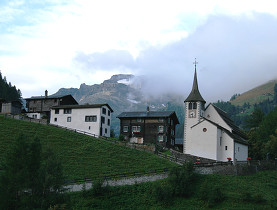
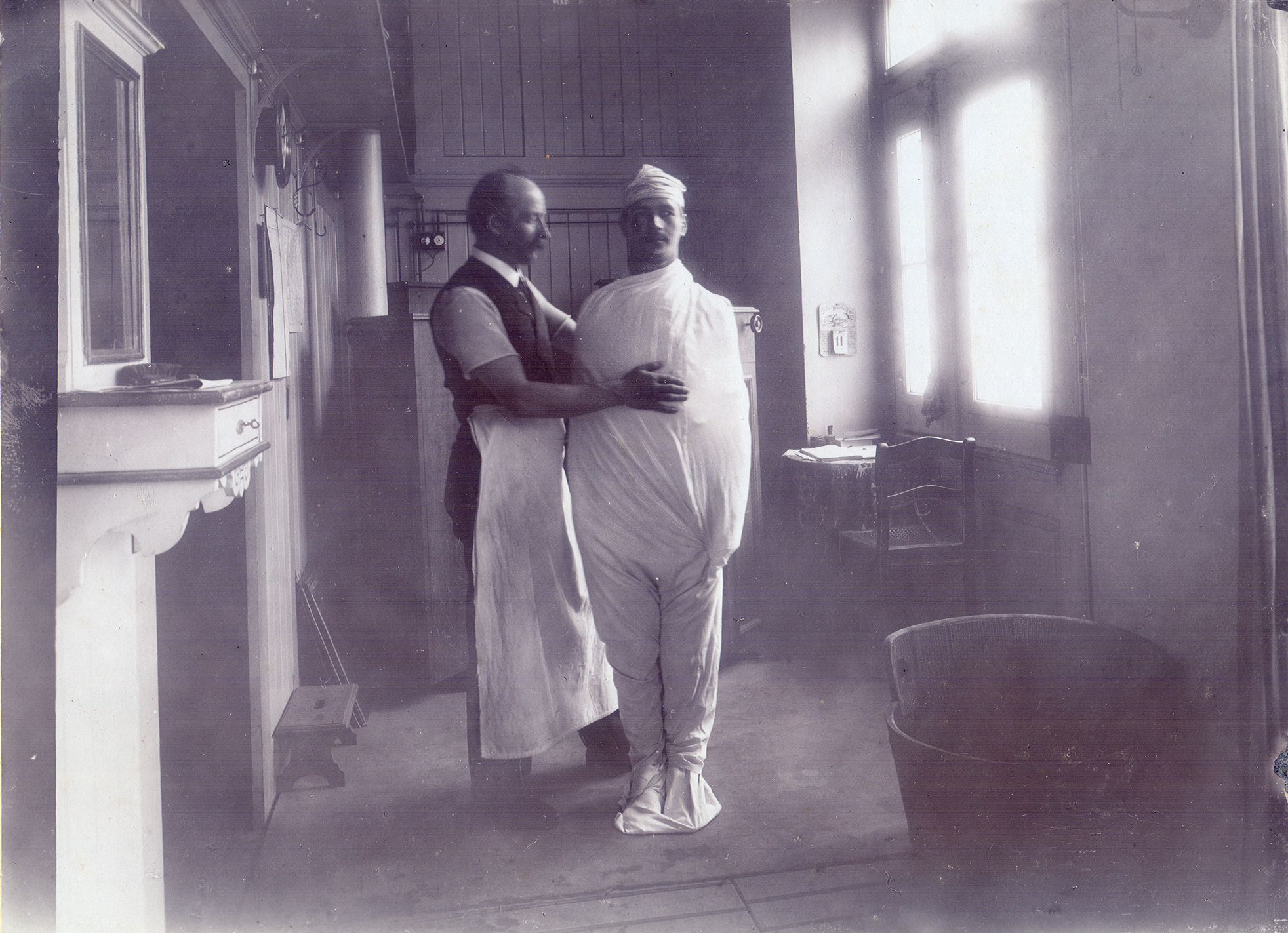
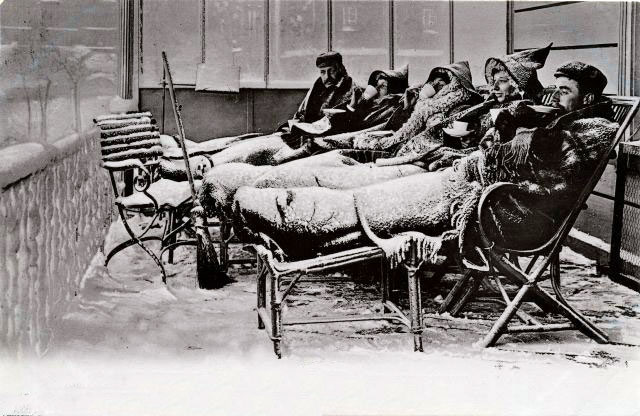
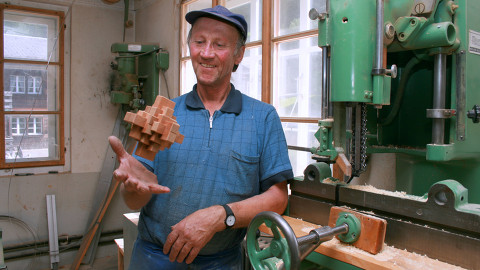
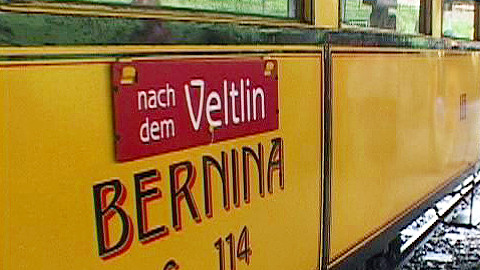
You can find an overview of ongoing debates with our journalists here. Please join us!
If you want to start a conversation about a topic raised in this article or want to report factual errors, email us at english@swissinfo.ch.